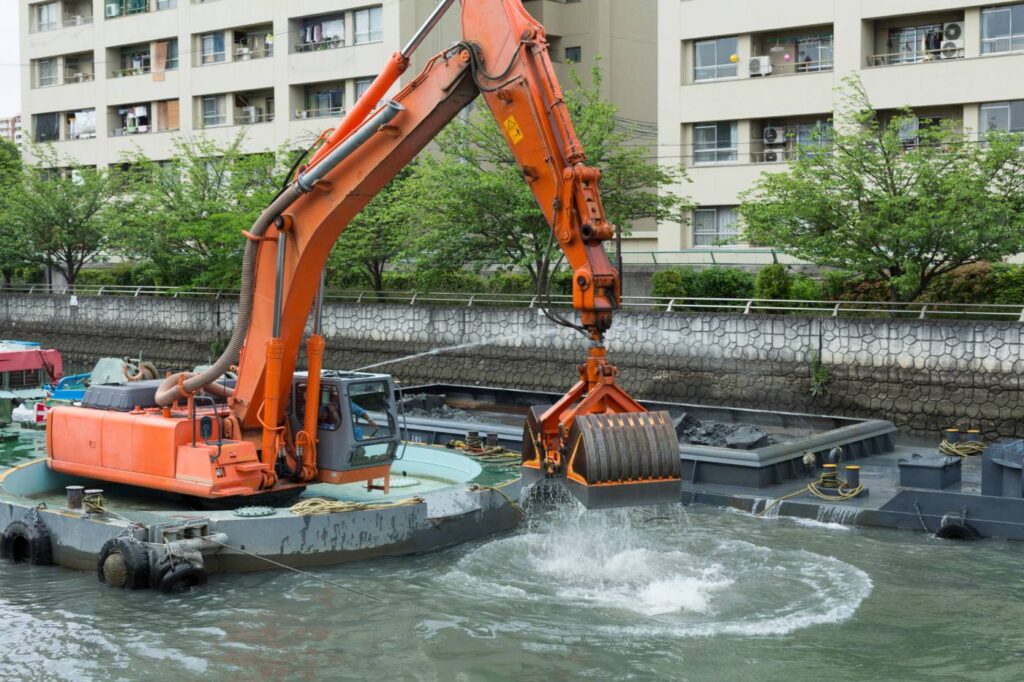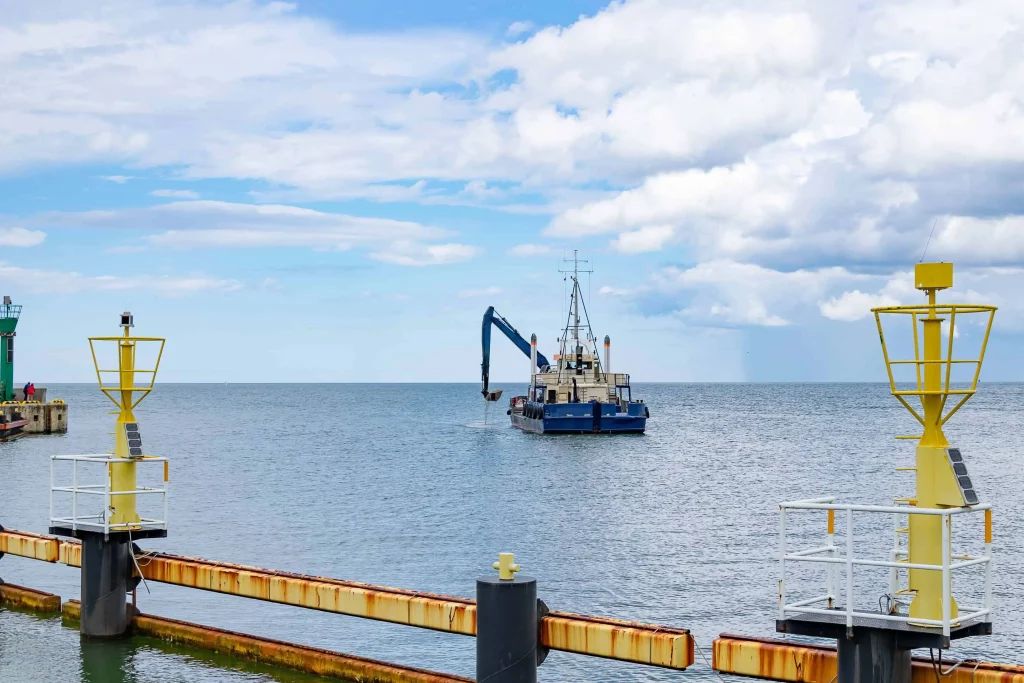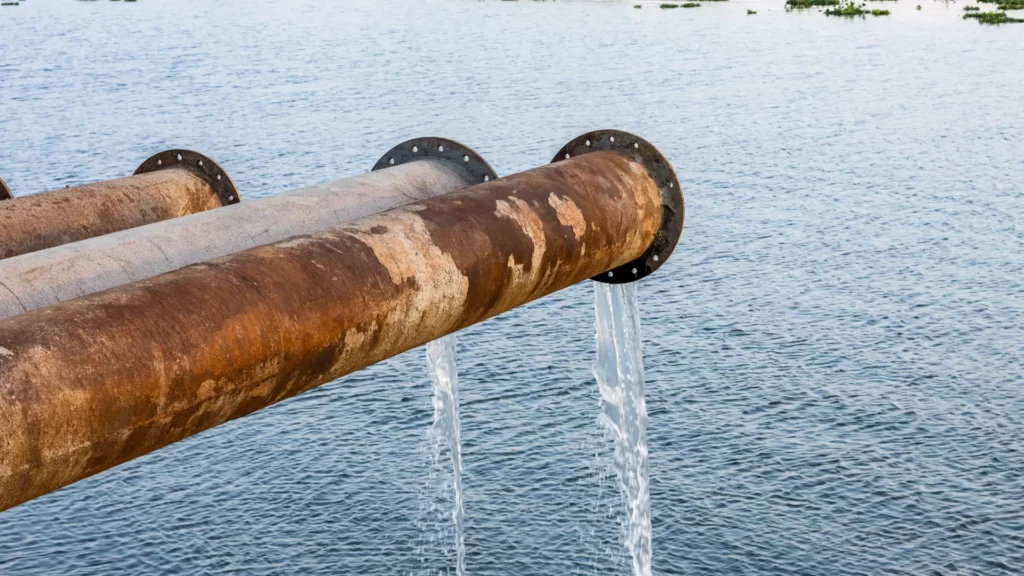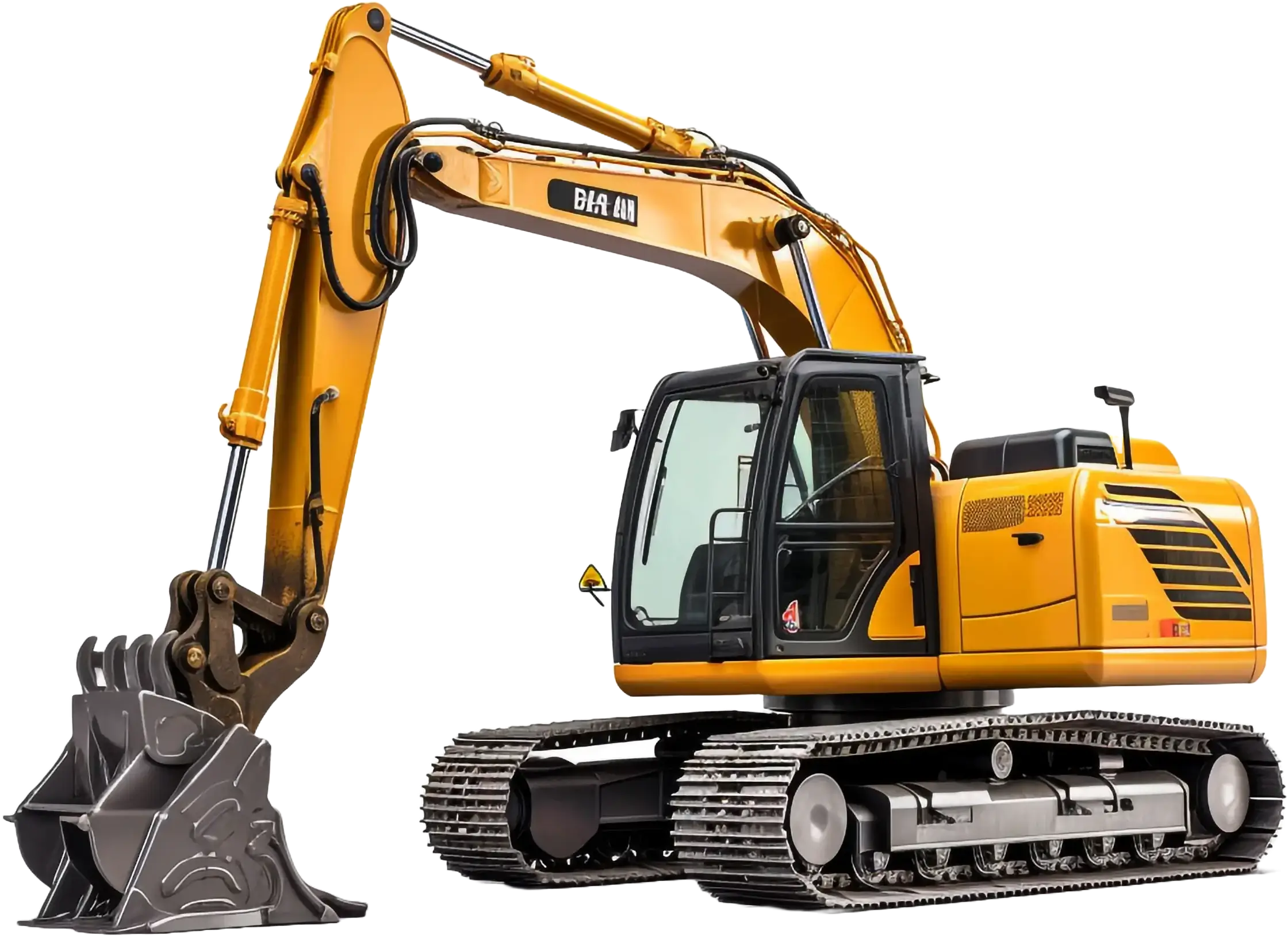Dredging plays a vital role across a range of industries, including construction, mining, environmental restoration, and waterway maintenance. Whether it’s deepening a harbor for commercial shipping or removing sediment buildup from a small pond, dredging ensures that water bodies remain navigable, functional, and environmentally balanced. The equipment used—dredgers—varies greatly in size, complexity, and cost, depending on the specific requirements of the project.
Understanding dredger cost is essential for effective budgeting and long-term project planning. Whether you’re managing a large-scale industrial operation or a small local restoration, having a clear idea of the total expense helps avoid cost overruns and delays. The dredger cost includes not just the price of the equipment but also transportation, fuel, labor, maintenance, and potential environmental compliance costs.
Several factors influence dredging expenses, including the type of dredger, the volume and type of material being removed, site accessibility, and project duration. One common application where costs can vary significantly is pond dredging. For landowners or municipalities wondering about the cost to dredge a pond, it’s important to evaluate both the scale and the equipment involved. Understanding pond dredging costs helps stakeholders make informed decisions and choose the most cost-effective solution for their water management needs.
Key Factors Influencing Dredger Cost

When planning any dredging project, it’s essential to understand the key factors that influence dredger cost. These variables can significantly affect both the upfront investment and ongoing operational expenses. Whether you’re working on a major commercial site or a small private pond, accounting for these elements helps you stay on budget and avoid surprises.
Type of Dredger: The type of dredger you choose—mechanical, hydraulic, cutter suction, or amphibious—has a major impact on the total project cost. Each type is designed for specific conditions and has different capabilities. For instance, hydraulic dredgers are ideal for fine sediment, while mechanical dredgers work better in more compact materials. The choice will directly impact dredger cost, especially when factoring in efficiency and job duration.
Size and Scope of the Project: Larger or more complex projects typically require more powerful and specialized equipment, which increases dredger cost. Smaller projects, such as pond dredging, may be completed with compact, mobile units—often resulting in lower overall expenses.
Material Being Dredged: Soft sludge is easier and cheaper to remove compared to coarse sand or rock. Heavier or more abrasive materials will wear down equipment faster and may require reinforced machinery, adding to costs.
Depth and Volume of Material: The deeper and more extensive the dredging, the more time, energy, and equipment you’ll need. This increases fuel usage, labor, and machine wear—factors that drive up dredger cost.
Transport and Mobilization: Moving dredging equipment to and from the site can be expensive, especially for remote or difficult-to-access areas. Mobilization costs often catch project managers off guard and should always be included in budget estimates.
Fuel and Labor Costs: Operating dredgers requires skilled personnel and a steady fuel supply. Both of these contribute significantly to the ongoing expenses of a dredging operation.
Maintenance and Operational Considerations: Regular maintenance is crucial to prevent costly breakdowns. The more complex the equipment, the higher the maintenance demands—another contributor to the total cost.
For small-scale projects like pond cleaning, the cost to dredge a pond will depend on a combination of these factors. Understanding how these variables affect pond dredging cost helps in selecting the right equipment and planning the project efficiently. Whether it’s a small pond or a large harbor, controlling the cost to dredge a pond starts with smart planning.
Comparing Different Types of Dredgers and Their Costs

Choosing the right dredger is essential for any project, especially when the budget is a top concern. The type of dredger you use directly affects overall dredger cost, and understanding how each machine functions can help project planners make better decisions. Whether you’re working on a commercial waterway or evaluating the cost to dredge a pond, each dredger type has its strengths, limitations, and price points. Below is a comparison of the most common dredger types and how they influence pond dredging costs and general operational budgets.
Cutter Suction Dredgers (CSDs)
Typical Applications
Cutter suction dredgers are commonly used for hard-packed sediment, sand, and clay in ports, harbors, and canals. Their rotating cutter head loosens the material, which is then pumped away via a pipeline.
Advantages and Disadvantages
CSDs are powerful and effective for high-volume jobs. However, they require significant setup time and infrastructure. Their size also limits access in smaller bodies of water, making them less ideal for pond work.
Estimated Purchase and Operating Cost Range
Purchase prices range from $500,000 to several million dollars. Daily operating costs vary from $5,000 to $20,000, depending on fuel use and crew size. This drives up dredger costs for large-scale projects.
When They Are Cost-Effective
CSDs are cost-effective for large, deep projects where high throughput justifies the investment. They are generally overkill for small ponds, where pond dredging costs would be unnecessarily high.
Hydraulic Dredgers / Slurry Pumps
Best for Small to Medium Ponds and Light Materials
Hydraulic dredgers, including submersible slurry pumps, are ideal for ponds, lagoons, and soft materials like silt or sludge. They’re compact and easy to deploy.
Energy and Fuel Consumption
These dredgers consume less fuel than mechanical units and often require fewer personnel, which keeps dredger costs low for short-term operations.
Cost Efficiency for Short-Term or Portable Projects
They shine in portability and fast setup. If you’re evaluating the cost to dredge a pond, hydraulic dredgers often provide the best ROI. Their smaller scale means lower pond dredging costs without sacrificing performance.
Ideal Scenarios for Use
Perfect for golf course ponds, agricultural lagoons, and residential or municipal retention basins. In these situations, the cost to dredge a pond remains manageable.
Mechanical Dredgers (Bucket, Clamshell, Backhoe)
Used in Confined or Shallow Areas
Mechanical dredgers use buckets or grabs to remove sediment. They’re commonly deployed in marinas, nearshore zones, and smaller ponds where maneuverability is important.
Cost Breakdown Per Hour/Day
These machines typically cost $1,500 to $6,000 per day to operate. While the initial equipment cost may be moderate, frequent downtime and labor needs increase the total dredger cost.
Maintenance and Wear & Tear
Because mechanical parts endure constant impact, maintenance is frequent. This adds to the ongoing dredger cost, particularly if abrasive material like gravel or debris is being removed.
In pond settings, mechanical dredgers can be effective, but higher maintenance may increase pond dredging costs. In some cases, a slurry pump may be more cost-efficient when assessing the cost to dredge a pond.
Jet-Lift and Airlift Dredgers
Specialized Applications
These use water or air pressure to lift sediment with minimal moving parts. They’re used in fragile environments where mechanical disturbance must be minimized.
Lower Capacity but Low Operating Cost
They are not suited for heavy sediment, but their low fuel use and low labor requirements keep dredger costs low.
Situations Where They’re Most Suitable
Jet-lift and airlift systems are best for scientific research or underwater archaeology. For smaller, sensitive ponds, they can offer a low-impact solution. In rare cases, they are considered when pond dredging costs must stay minimal without affecting the ecosystem.
Amphibious and Remote-Controlled Dredgers
Modern Technology and Automation
These innovative dredgers offer precision and reduced labor. Amphibious units operate on land and water, while remote-controlled systems allow operators to work from a safe distance.
Price vs Productivity
While initial dredger cost is high—sometimes starting at $250,000—these units can increase productivity and reduce job time. For recurring projects or difficult-to-access ponds, they can actually lower total pond dredging costs over time.
Labor Savings vs Upfront Costs
Fewer operators mean long-term labor savings, making the higher upfront dredger cost more justifiable. In larger pond projects or repeat maintenance, they can optimize the cost to dredge a pond significantly.
Cost Saving Tips and Budget Planning for Dredging Projects
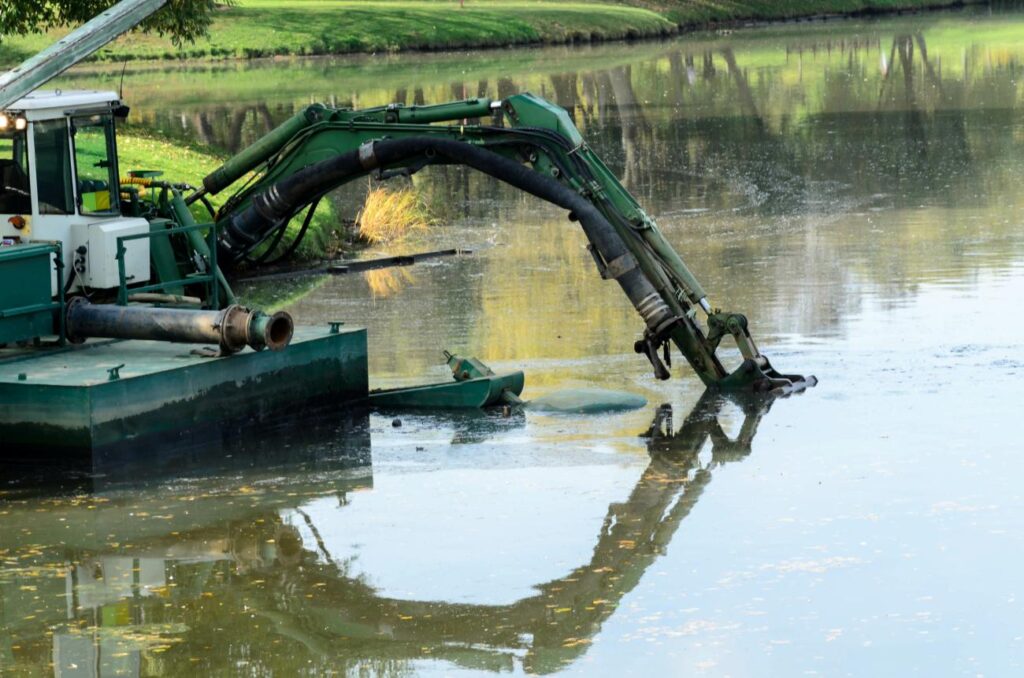
Controlling expenses during a dredging project starts with careful planning and strategic decision-making. Whether you’re overseeing a large-scale coastal operation or trying to manage the cost to dredge a pond, understanding how to reduce unnecessary costs while maximizing productivity is key to staying within budget.
Choosing the Right Dredger for Your Needs
One of the most effective ways to reduce overall dredger cost is to select the right equipment for your specific application. Overestimating your needs can lead to overspending, while underestimating can cause project delays and additional expenses. For example, suppose you’re managing a small sediment removal job in a pond. In that case, a hydraulic slurry pump or compact amphibious dredger may be more cost-efficient than a large cutter suction unit. Aligning equipment size and capability with project scope directly influences both operational efficiency and total pond dredging cost.
Renting vs Purchasing
If the dredging job is a one-time or infrequent need, renting equipment is often more economical than purchasing. Rentals reduce upfront capital investment and eliminate long-term storage, insurance, and maintenance costs. This option is especially beneficial for those looking to minimize dredger costs while still accessing high-performance equipment.
Reusing Dredged Materials
Depending on local regulations and material composition, dredged sediment can often be reused for landscaping, shoreline stabilization, or agricultural fill. Reusing this material eliminates the need for costly off-site disposal and can dramatically lower overall pond dredging costs.
Working with Experienced Consultants or Contractors
Hiring a knowledgeable dredging contractor or consultant can prevent costly mistakes. Their expertise helps with equipment selection, permitting, project design, and risk management—ultimately keeping dredger costs under control. For projects where you’re uncertain about approach or scope, their input can significantly improve results while managing the cost to dredge a pond.
Minimizing Idle Time and Optimizing Logistics
Time is money in any dredging project. Delays caused by poor scheduling, equipment breakdowns, or material handling inefficiencies can quickly inflate your dredger cost. Coordinating transportation, crew schedules, and material disposal ahead of time ensures the project moves forward efficiently. Investing in logistics planning often leads to reduced downtime and measurable savings.
Effective planning, smart equipment choices, and strategic resource use are essential to keeping the cost to dredge a pond or any waterway within budget while achieving the desired results.
Conclusion
Understanding dredger cost is essential when planning any dredging project, whether it’s a large-scale marine operation or a small pond restoration. As explored in this guide, the cost can vary widely depending on the type of dredger, the scope of the project, and other variables like material type, fuel, labor, and maintenance. From powerful cutter suction dredgers to compact hydraulic slurry pumps, each option comes with its price point and operational profile.
Choosing the right dredger for your specific application is the most effective way to control expenses. Matching equipment type to project needs not only reduces upfront dredger cost but also minimizes inefficiencies and long-term operational overhead. For example, if you’re evaluating the cost to dredge a pond, opting for a small, portable hydraulic dredger can significantly lower your pond dredging cost compared to using oversized equipment.
It’s important to look beyond the initial purchase or rental price. Evaluating total lifecycle costs—including fuel, labor, maintenance, and mobilization—provides a more accurate picture of the real investment required. Whether you’re managing a one-time job or an ongoing dredging program, proper planning ensures long-term value.
Need help choosing the right dredger? Contact our team today for expert recommendations, project consultations, and customized quotes tailored to your budget and scope. Let’s lower your dredger cost and streamline your operations.

